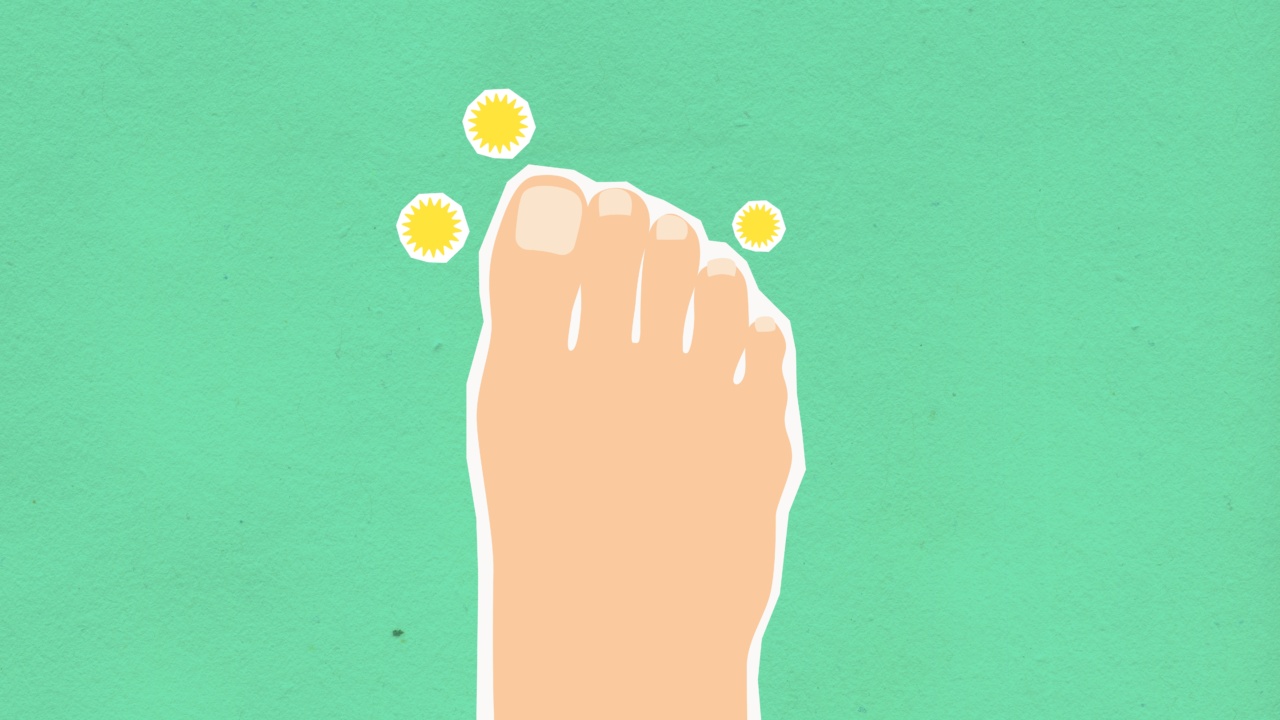As a diabetic patient, taking care of your feet is essential for avoiding several complications. The high sugar levels in your blood may affect your lower limbs, leading to several diabetic foot conditions.
These complications can cause discomfort, infections, and even amputations when left untreated. In this article, we will explain different diabetic foot conditions and how you can prevent them.
Neuropathy
Neuropathy is a diabetic foot condition that affects the nerves in your feet and lower legs. High blood sugar levels can injure or damage the nerves, leading to a loss in sensation, numbness, or tingling.
Symptoms of neuropathy include pain, burning, and sharpness in the feet and toes. To prevent neuropathy, it is essential to control your blood sugar levels, wear comfortable and well-fitted shoes, and avoid injuries to your feet and legs.
Ulcers
Ulcers are wounds that develop in the feet, particularly the soles and toes. They can form due to decreased blood flow and neuropathy. Diabetic ulcers are a medical emergency since they can quickly become infected.
To prevent ulcers, practice daily foot care hygiene, moisturize your feet, and wear comfortable shoes. Do not attempt to treat ulcers at home. Seek medical attention immediately.
Bone Deformities
Bone deformities are diabetic foot conditions that occur due to walking abnormalities and neuropathy. Foot deformities can cause balance problems, uneven distribution of body weight, and pressure on certain areas of your feet.
Some common bone deformities are Charcot foot and hammertoes. To prevent bone deformities, wear appropriate and supportive shoes, and take caution when walking on uneven surfaces.
Blood Vessel Diseases
Diabetes can cause the blood vessels in your feet and legs to narrow and harden, leading to blood vessel diseases.
Blood vessel diseases can cause decreased blood flow to your feet, leading to pain, skin discoloration, infections, and slow wound healing. To prevent blood vessel diseases, control your blood sugar levels, exercise regularly, quit smoking, and avoid prolonged standing or sitting.
Infections
Infections are common diabetic foot conditions that can occur if you have cuts, blisters, or ulcers on your feet. High levels of sugar in your blood can cause bacteria to grow, leading to infections.
Symptoms of infections include swelling, redness, warmth, and discharge. To prevent infections, avoid walking barefoot, practice good foot hygiene, and seek medical attention immediately if you notice any symptoms.
Charcot Foot
Charcot foot is a severe diabetic foot condition that can cause deformities and fractures in your feet. Charcot foot occurs due to neuropathy and an injury that goes unnoticed, leading to fractures.
Symptoms of Charcot foot include swelling, redness, warmth, and deformities in your feet. To prevent Charcot foot, control your blood sugar levels, check your feet daily, wear appropriate shoes, and avoid injuries to your feet.
Amputations
Amputations are severe diabetic foot conditions that can occur if the other complications are left untreated. Amputations are the removal of a limb or body part, often due to infections, gangrene, and ulcers that are not adequately treated.
To prevent amputations, check your feet daily, practice good hygiene, seek medical attention immediately when you notice any signs of infection or complications, and control your blood sugar levels.
Conclusion
Diabetic foot conditions can severely affect your quality of life if left untreated. Complications such as infections, ulcers, and amputations can cause discomfort, severe pain, and limitations in movement.
To prevent diabetic foot conditions, follow the guidelines outlined in this article, including controlling your blood sugar levels, practicing good hygiene, wearing appropriate shoes, and seeking medical attention immediately when you notice any signs of complications.































